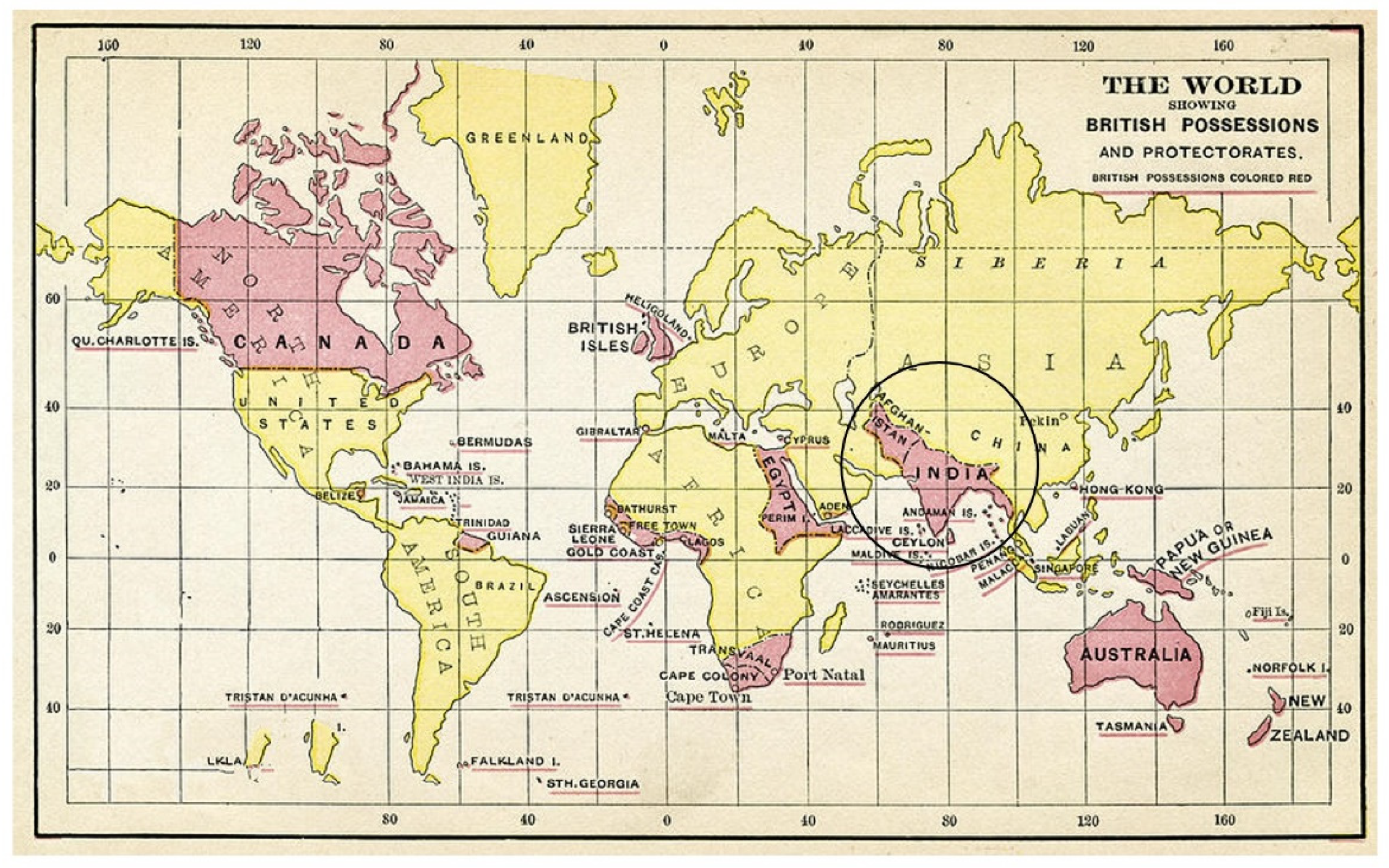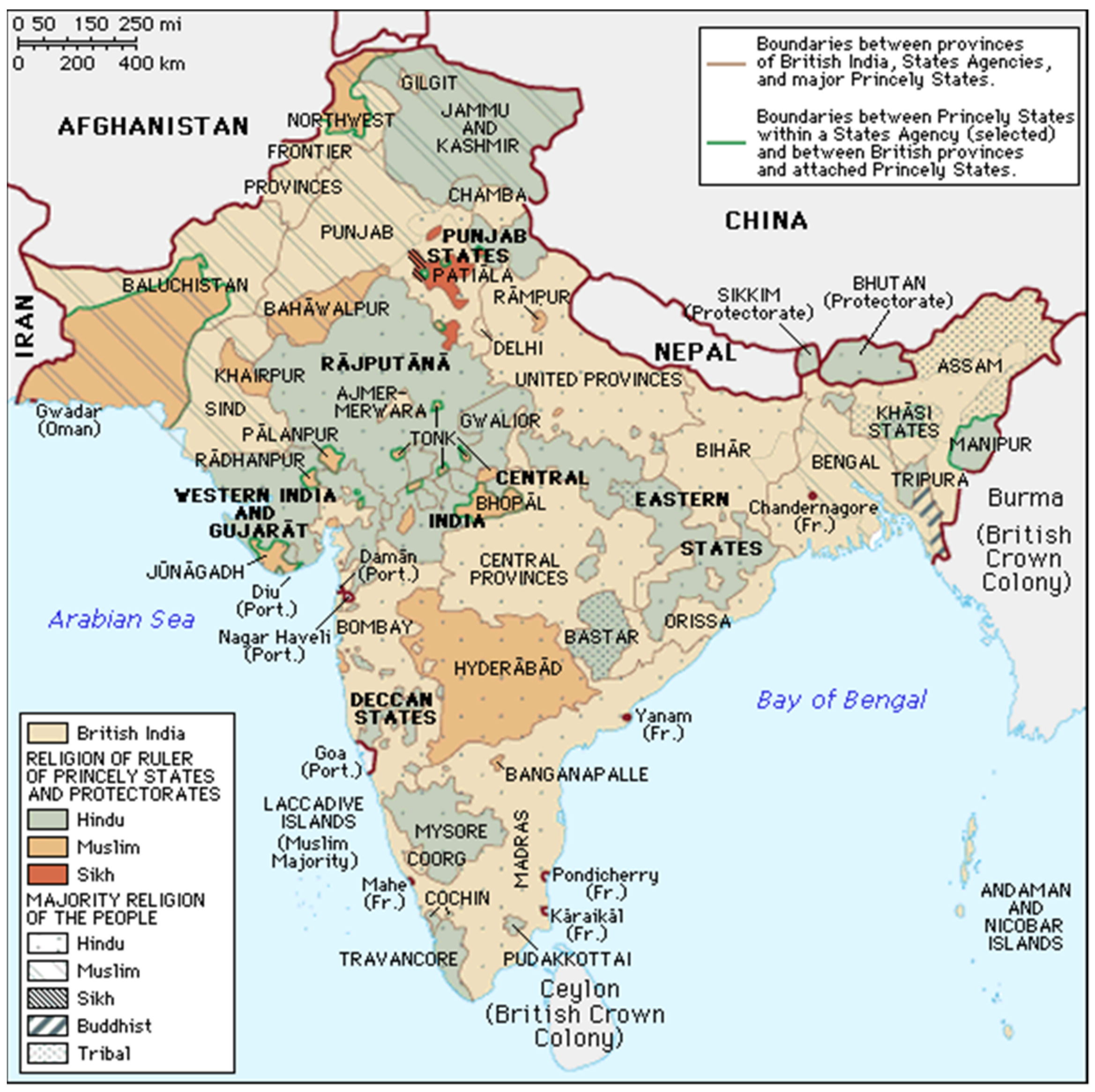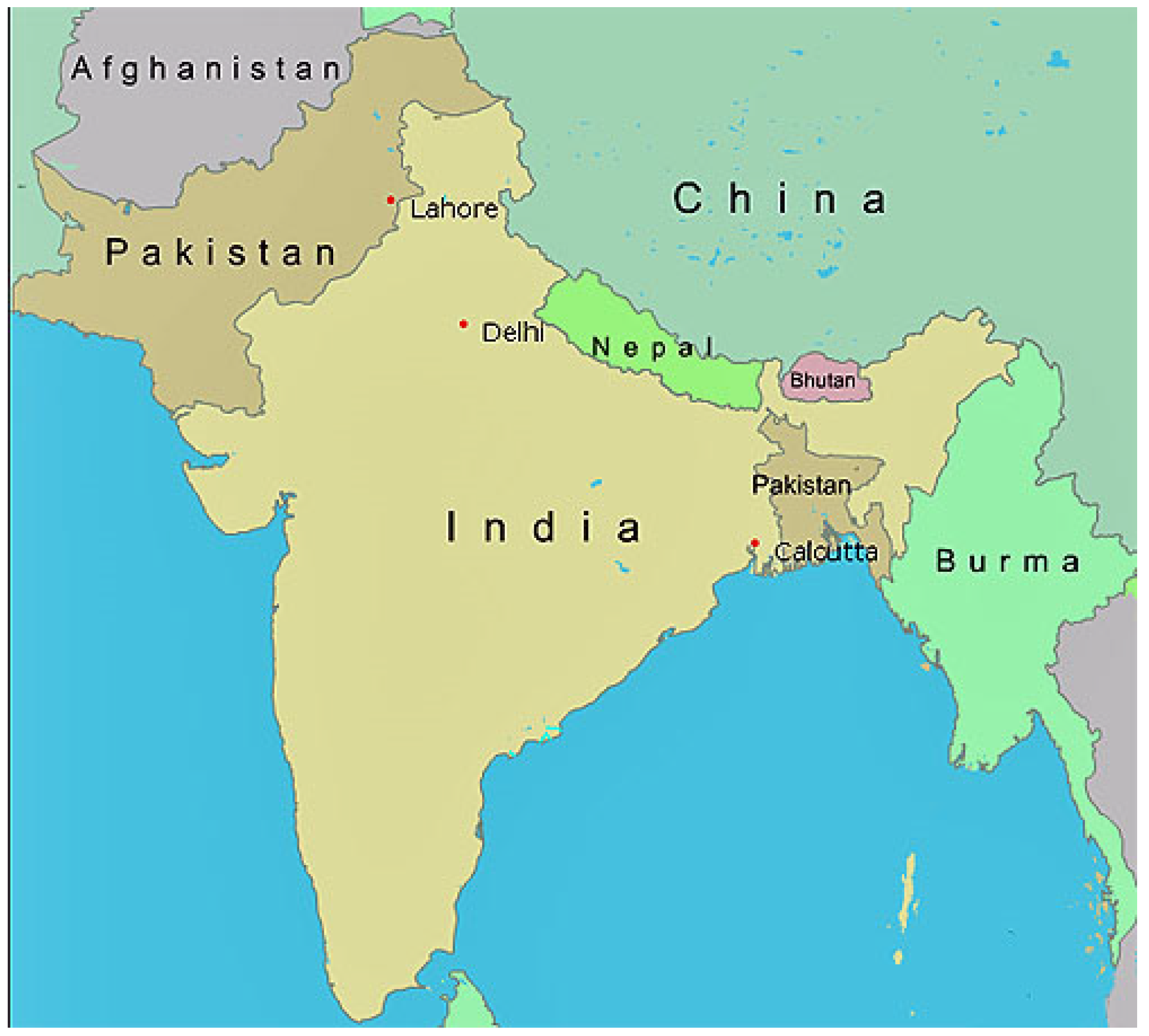Critical Review of Pakistani Current Legislation on Sustainable Protection of Cultural Heritage
Abstract
:1. Introduction
Historical Background of the Archaeological Conservation in Central Asia
2. Pakistan’s Heritage Management
2.1. Heritage Management Pre and Post-Independence of Pakistan
2.2. Laws of Heritage in Pakistan
3. Institutional and Organizational Situation in Pakistan
3.1. Federal Department of Archaeology and Museum
3.2. Directorate of Archaeology and Museum, Balochistan
3.3. Directorate of Archaeology and Museum, Khyber Pakhtunkhwa (KPK)
3.4. Directorate General of Antiquities and Tourism Department of Punjab
3.5. Directorate General of Archaeology and Archaeology Department of Sindh
3.6. Department of Tourism, Sports, Culture, Archaeology and Museums of Gilgit Baltistan
4. Current and Possible Conservation Principles for Built Heritage in Pakistan
- Antiquities Act 1975
- The Punjab Special Premises Ordinance, 1985
- Marking of boundaries and protected zones of sites
- Information regarding the protected sites
- A designated institution for management and maintenance of protected sites
- Formation and maintenance records of the protected sites
Risk Management for Built Heritage of Pakistan
5. Drawbacks in the Current Heritage Legislation of Pakistan
- The list of unprotected heritage sites and monuments is much larger than the protected heritage sites. The current Antiquities Act needs modification and improvement by the concerned provincial departments for nature, culture, and state of heritage.
- There are no separate and specific laws for national and world heritage sites.
- The heritage law of Pakistan is uniformly applicable to all classifications of monuments, regardless of their nature, state, and cultural values, which is an approach that needs amendments.
- The Antiquities Act 1975 needs amendments regarding strict rules and actions against illegal constructions, excavations, illegal encroachments around protected monuments, especially in urban areas, which worsen day by day.
- The conservation rules set by sir John Marshal need to be updated for present-day challenges such as mass gathering at the archaeological sites, new construction nearby archaeological sites, etc.
- Lack of risk management against natural disasters such as earthquakes, flooding, rain and storm, fire, and excessive vegetation is still observed, therefore, it is essential to prepare proper risk management rules and measures to mitigate the hazardous effects of natural disasters to the sites.
6. Proposals for Heritage Management of Pakistan Considering the Current Legislation
6.1. Recognizing Social Dimension of Heritage Values
6.2. Proposal for the Federal Department of Archaeology and Museum
6.3. Proposal for the Provincial Department of Archaeology and Museum
6.4. Proposal for the Media, Civil Societies and People
7. Conclusions
- Following the China conservation principles, the Venice charter of 1964, the ICOMOS charters for protection and management, and the ICOMOS principles for analysis, conservation, and structural restorations, there is an urgent need for proper guidelines and conservation legislation for monuments in Pakistan.
- On a national level advisory board of experts, members is important to form who could oversee the progress of federal and provincial departments of archaeology and museums.
- Proper guidelines of risk management are needed to be established, not only for the protected and registered heritage sites but also for unregistered and unprotected monuments. Their implementation should be assured so that the sites could be safe from natural hazards and be of inspiration for the present and future generations of Pakistan and the world.
- A challenging task worth pursuing would be that of establishing specific management and conservation policies concerning the nature, state, and cultural values of heritage sites and monuments.
- Strong coordination between federal and all provincial departments is very important for the effective heritage management of Pakistan.
Author Contributions
Funding
Institutional Review Board Statement
Informed Consent Statement
Data Availability Statement
Acknowledgments
Conflicts of Interest
References
- Chakrabarti, D.K. Archaeology in the Third World: A History of Indian Archaeology Since 1947; DK Printworld: New Delhi, India, 2003. [Google Scholar]
- Chakrabarti, D.K. Colonial Indology: Sociopolitics of the Ancient Indian Past; DK Printworld: New Delhi, India, 1997. [Google Scholar]
- Mughal, M.R. Heritage management and conservation in Pakistan: The British legacy and current perspective. Pak. Herit. 2011, 3, 119–134. [Google Scholar]
- Roy, S. Indian archaeology from Jones to Marshall (1784–1902). Anc. India 1953, 9, 4–28. [Google Scholar]
- Marshall, J. The story of the Archaeological Department in India, Reveal. In Revealing India’s Past; The India Society: London, UK, 1939; pp. 1–33. [Google Scholar]
- Ramachandran, T.N. Preservation of monuments. Anc. India 1953, 9, 170–198. [Google Scholar]
- Ghosh, A. Fifty years of the archaeological survey of India. Anc. India 1953, 9, 29–52. [Google Scholar]
- Upinder, S. The Discovery of Ancient India: Early Archaeologists and The Beginnings of Archaeology; Permanent Black: New Delhi, India, 2004. [Google Scholar]
- Lahiri, N. Finding Forgotten Cities: How the Indus Civilization Was Discovered; Hachette: Paris, France, 2006. [Google Scholar]
- Marshall, J. Conservation Manual Act; Supt. Gov. Printing: Calcutta, India, 1923.
- Marshall, J. Archaeological Works Code; Supt. Gov. Printing: Calcutta, India, 1938.
- Mughal, M.R. Heritage Legislation in Pakistan; The World Heritage Newsletter 16: Paris, France, 1998. [Google Scholar]
- Evans, C.T. Notes on the Division of South Asia. 2020. Available online: https://www.ctevans.net/Nvcc/Campus/HIS135/Notes/SouthAsia.html (accessed on 1 March 2022).
- Kiss, P.A. The First Indo-Pakistani War, 1947–1948; California Scholarship: Oakland, CA, USA, 2014. [Google Scholar]
- Mughal, M.R. Legislations for the Protection and Management of Archaeological Heritage of Pakistan, Karachi; UNESCO: Paris, France, 1995. [Google Scholar]
- Mughal, M.R. Heritage Preservation in Pakistan from the National and International Perspectives; Vanguard Books Ltd.: Islamabad, Pakistan, 2011. [Google Scholar]
- Ota, S.B. Archaeological Heritage Resource Management in India, In Cultural Heritage Management: A Global Perspective; Messenger, P.M., Smith, G.S., Eds.; University Press of Florida: Tampa, FL, USA, 2010. [Google Scholar]
- Mughal, M.R. Monuments at Kunya-Urgench, Turkmenistan: Comments on Preservation Policies and Procedures. J. Inn. Asian Art 2005, 20, 16–19. [Google Scholar]
- Iqbal, A.S.H.; van Cleempoel, K. Re-Reading the Heritage Legislations of Pakistan. In Proceedings of the 7th International Conference on Heritage and Sustainable Development; Green Lines Bookseries on Heritage Studies; Green Lines Institution for Sustainable Development: Coimbra, Portugal, 2020; Volume 1, pp. 3–10. [Google Scholar]
- Balochistan. Balochistan Antiquities Act; ACT NO. XXIV OF 2014; Balochistan Provincial Assembly: Balochistan, Pakistan, 2014; pp. 1–17.
- Khyber, K.P. Pakhtunkhwa Antiquities Act; ACT NO. IV OF 2016; Sports, Culture, Tourism and Museums Department: Khyber Pakhtunkhwa, Pakistan, 2016; pp. 1–31.
- Yaseen, S.M. Preservation of Archaeological Sites in Balochistan, Voice of Balochistan. 2020. Available online: https://voiceofbalochistan.pk/culture/preservation-of-archaeological-sites-in-balochistan/ (accessed on 1 March 2022).
- Gazzola, P. Venice Charter Italy. Proceeding of the International Charter for the Conservation and Restoration of Monuments and Sites, Venice, Italy, 25–31 May 1964. [Google Scholar]
- ICOMOS. International Charters for the Conservation and Restoration of Monuments and Sites—Summary, No. 0. 2004, p. 53. Available online: http://www.icomos.org/charters/charters.pdf (accessed on 1 March 2022).
- ICOMOS. Charter for the Protection and Management of the Archaeological Heritage; ICOMOS: Charenton-le-Pont, France, 1990. [Google Scholar]
- ICOMOS. Principles for the Analysis, Conservation and Structural Restoration of Architectural Heritage; ICOMOS: Charenton-le-Pont, France, 2003; pp. 27–31. [Google Scholar]
- Fauzia, Q. Conserving Pakistan’s Built Heritage, No. 3. 1994 by IUCN—The World Conservation Union; IUCN Northern Areas Programme: Gilgit, Pakistan, 1994. [Google Scholar]
- China ICOMOS. Principles for the Conservations of Heritage Sites in China (Revised 2015); ICOMOS: Charenton-le-Pont, France, 2015. [Google Scholar]
- Rosa, A.; Santangelo, A.; Tondelli, S. Investigating the integration of cultural heritage disaster risk management into urban planning tools. The ravenna case study. Sustainability 2021, 13, 872. [Google Scholar] [CrossRef]
- Sesana, E.; Gagnon, A.S.; Bertolin, C.; Hughes, J. Adapting cultural heritage to climate change risks: Perspectives of cultural heritage experts in Europe. Geoscience 2018, 8, 305. [Google Scholar] [CrossRef] [Green Version]
- Dastgerdi, A.S.; Sargolini, M.; Pierantoni, I. Climate change challenges to existing cultural heritage policy. Sustainability 2019, 11, 5227. [Google Scholar] [CrossRef] [Green Version]
- Khan, N.A.; Monti, G.; Nuti, C.; Vailati, M. Effects of infills in the seismic performance of an rc factory building in Pakistan. Buildings 2021, 11, 276. [Google Scholar] [CrossRef]
- Sabbioni, C.; Cassar, M.; Brimblecombe, P.; Lefevre, R.-A. Vulnerability of Cultural Heritage to Climate Change. In European and Mediterranean Major Hazards Agreement; Council of Europe: Brussels, Belgium, 2008. [Google Scholar]
- Grossi, C.M.; Bonazza, A.; Brimblecombe, P.; Harris, I.; Sabbioni, C. Predicting twenty-first century recession of architectural limestone in European cities. Environ. Geol. 2008, 56, 455–461. [Google Scholar] [CrossRef]
- Sardella, A.; Palazzi, E.; von Hardenberg, J.; del Grande, C.; de Nuntiis, P.; Sabbioni, C.; Bonazza, A. Risk mapping for the sustainable protection of cultural heritage in extreme changing environments. Atmosphere 2020, 11, 700. [Google Scholar] [CrossRef]
- Grossi, C.M.; Brimblecombe, P.; Harris, I. Predicting long term freeze-thaw risks on Europe built heritage and archaeological sites in a changing climate. Sci. Total Environ. 2007, 377, 273–281. [Google Scholar] [CrossRef] [PubMed]
- Grossi, C.M.; Brimblecombe, P.; Menéndez, B.; Benavente, D.; Harris, I.; Déqué, M. Climatology of salt transitions and implications for stone weathering. Sci. Total Environ. 2011, 409, 2577–2585. [Google Scholar] [CrossRef] [PubMed]
- Zhang, X.; Hegerl, G.; Zwiers, F.W.; Kenyon, J. Avoiding inhomogeneity in percentile-based indices of temperature extremes. J. Clim. 2005, 18, 1641–1651. [Google Scholar] [CrossRef] [Green Version]
- Prein, A.F.; Gobiet, A.; Truhetz, H.; Keuler, K.; Goergen, K.; Teichmann, C.; Fox Maule, C.; von Meijgaard, E.; Deque, M.; Niklin, G.; et al. Precipitation in the EURO-CORDEX 0.11° and 0.44° simulations: High resolution, high benefits? Clim. Dyn. 2016, 46, 383–412. [Google Scholar] [CrossRef] [Green Version]
- Maio, R.; Ferreira, T.M.; Vicente, R. A critical discussion on the earthquake risk mitigation of urban cultural heritage assets. Int. J. Disaster Risk Reduct. 2018, 7, 239–247. [Google Scholar] [CrossRef]
- Oliveira, C.S.; Ferreira, M.A.; Oliveira, M.; Mota de Sá, F. Planning in Seismic Risk Areas—The Case of Faro—Algarve. In Proceedings of the XI Congresso Nazionale ‘l’Ingegneria Sismica in Italia, Genova, Italy, 25–29 January 2004; p. 12. [Google Scholar]
- Perry, R.W.; Lindell, M.K.; Tierney, K.J. (Eds.) Facing the Unexpected: Disaster Preparedness and Response in the United States (Google eBook). 2001, Volume 2001, p. 281. Available online: http://books.google.com/books?hl=en&lr=&id=PsLDQFC7arkC&pgis=1%0Ahttp://site.ebrary.com/lib/uscisd/docDetail.action?docID=10039725 (accessed on 1 March 2022).
- Khan, M.A.; Bergami, A.V.; Nuti, C.; Monti, G.; Vailati, M.; Briseghella, B. Seismic Performance of Pakistani-Technique Infilled Reinforced Concrete Frames. In Proceedings of the 8th International Conference on Computational Methods in Structural Dynamics and Earthquake Engineering Methods in Structural Dynamics and Earthquake Engineering, Athens, Greece, 28–30 June 2021; pp. 923–934. [Google Scholar] [CrossRef]
- Khan, I.; Gul, A.; Shahzada, K.; Khan, N.A.; Rehman, F.U.; Samiullah, Q.; Khattak, M.A. Computational seismic analysis of dry-stack block masonry wall. Civ. Eng. J. 2021, 7, 488–501. [Google Scholar] [CrossRef]
- Khan, M.A.; Tahir, M.F.; Nuti, C.; Briseghella, B.; Bergami, A.V. Influence of brick masonry infill walls on seismic response of RC structures. Tech. J. 2019, 24, 15–23. [Google Scholar]
- Watson, S.; Fredheim, H. Value from development-led archaeology in the UK: Advancing the narrative to reflect societal changes. Sustainability 2022, 14, 3053. [Google Scholar] [CrossRef]
- Trajković, J.R.; Milovanović, A.; Nikezić, A. Reprogramming modernist heritage: Enhancing social wellbeing by value-based programming approach in architectural design. Sustainability 2021, 13, 1111. [Google Scholar] [CrossRef]
- Xu, Y.; Rollo, J.; Esteban, Y.; Tong, H.; Yin, X. Developing a comprehensive assessment model of social value with respect to heritage value for sustainable heritage management. Sustainabilty 2021, 13, 3373. [Google Scholar] [CrossRef]
- Pastor Pérez, A.; Barreiro Martínez, D.; Parga-Dans, E.; Alonso González, P. Democratising heritage values: A methodological review. Sustainabilty 2021, 13, 2492. [Google Scholar] [CrossRef]
- Ramírez-Guerrero, G.; García-Onetti, J.; Arcila-Garrido, M.; Chica-Ruiz, J.A. A tourism potential index for cultural heritage management through the ecosystem services approach. Sustainability 2021, 13, 5426. [Google Scholar] [CrossRef]
- Olukoya, O.A.P. Framing the values of vernacular architecture for a value-based conservation: A conceptual framework. Sustainability 2021, 13, 4974. [Google Scholar] [CrossRef]
- Wei, Q. Negotiation of social values in the World Heritage listing process: A case study on the Beijing-Hangzhou Grand Canal, China. Archaeologies 2018, 14, 501–526. [Google Scholar] [CrossRef]
- Van den Dries, M.H.; Kerkhof, M.J.H.; Homme, S.T. Heritage and diversity: Values in European heritage management reflected in award-winning best practices. Sustainability 2022, 14, 885. [Google Scholar] [CrossRef]
- Nahak, F.M. Role of media in transmission of culture. Pramana Res. J. 2018, 8, 280–292. [Google Scholar]
- Liang, X.; Lu, Y.; Martin, J. A review of the role of social media for the cultural heritage sustainability. Sustainabilty 2021, 13, 55. [Google Scholar] [CrossRef]
- Li, J.; Krishnamurthy, S.; Pereira Roders, A.; van Wesemael, P. Community participation in cultural heritage management: A systematic literature review comparing Chinese and international practices. Cities 2020, 96, 102476. [Google Scholar] [CrossRef]
- Sandra, B. Community engagement in historical site protection: Lessons from the Elmina Castle Project in Ghana. Conserv. Manag. Archaeol. Sites 2015, 17, 67–76. [Google Scholar]




| Year | National Landmarks | Provincial Landmarks |
|---|---|---|
| 1947 | Antiquities Act 1947 (retitled of AMP-1904) | - |
| 1960 | - | Conservation Cell in Punjab |
| 1968 | Antiquities Act 1968 | - |
| 1975 | Antiquities Act 1975 | - |
| 1985 | - | Punjab Special Premises Act |
| 1990 | Major amendment in Antiquities Act 1975 | - |
| 1994 | - | Sindh Cultural Heritage (Preservation) Act |
| 1997 | National Fund for Cultural Heritage Act | North-West Frontier Province (now Khyber Pakhtunkhwa) Antiquities ordinance |
| 2002 | - | Karachi Building & Town Planning Regulations |
| 2005 | - | Punjab Heritage Foundation Act |
| 2011 | Transfer of responsibilities and power from federal to provincial governments | - |
| 2014 | - | Balochistan Antiquities Act 2014 |
| 2016 | - | Khyber Pakhtunkhwa Antiquities Act 2016 |
| Department | Level | Ministries |
|---|---|---|
| Department of Archaeology and Museums | Federal government confined only in the capital territory, Islamabad | Ministry of national heritage and culture division |
| Directorate of Archaeology and Museums | Balochistan provincial government | Ministry for sports, youth affairs, culture, tourism and archive |
| Directorate of Archaeology and Museums | KPK provincial government | Ministry of archaeology, museums, culture, sport and youth affairs |
| Directorate General of Archaeology and Tourism Department | Punjab provincial government | Ministry for youth affairs, sports, archaeology and tourism. |
| Directorate General of Antiquities and Archaeology Department | Sindh provincial government | Ministry for education, culture, tourism and antiquities, government of Sindh |
| Department of Tourism, Sports, Culture, Archaeology and Museums | Government of Gilgit-Baltistan, a region administered by Pakistan | Ministry for tourism, sports, culture and archaeology, and youth affairs Gilgit-Baltistan |
Publisher’s Note: MDPI stays neutral with regard to jurisdictional claims in published maps and institutional affiliations. |
© 2022 by the authors. Licensee MDPI, Basel, Switzerland. This article is an open access article distributed under the terms and conditions of the Creative Commons Attribution (CC BY) license (https://creativecommons.org/licenses/by/4.0/).
Share and Cite
Khan, N.A.; Nuti, C.; Monti, G.; Micheli, M. Critical Review of Pakistani Current Legislation on Sustainable Protection of Cultural Heritage. Sustainability 2022, 14, 3633. https://doi.org/10.3390/su14063633
Khan NA, Nuti C, Monti G, Micheli M. Critical Review of Pakistani Current Legislation on Sustainable Protection of Cultural Heritage. Sustainability. 2022; 14(6):3633. https://doi.org/10.3390/su14063633
Chicago/Turabian StyleKhan, Nisar Ali, Camillo Nuti, Giorgio Monti, and Mario Micheli. 2022. "Critical Review of Pakistani Current Legislation on Sustainable Protection of Cultural Heritage" Sustainability 14, no. 6: 3633. https://doi.org/10.3390/su14063633
APA StyleKhan, N. A., Nuti, C., Monti, G., & Micheli, M. (2022). Critical Review of Pakistani Current Legislation on Sustainable Protection of Cultural Heritage. Sustainability, 14(6), 3633. https://doi.org/10.3390/su14063633









